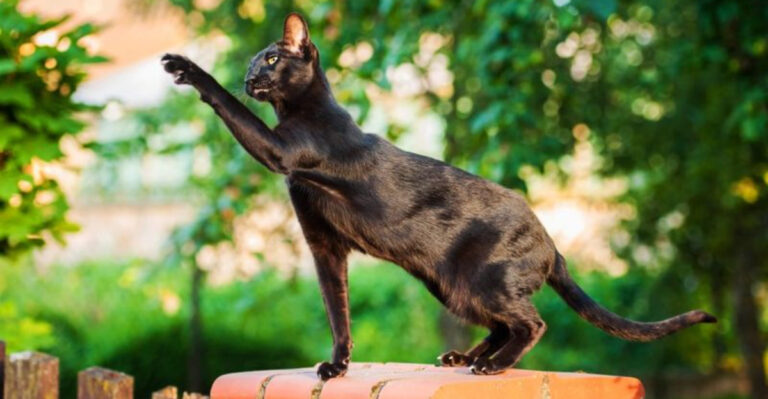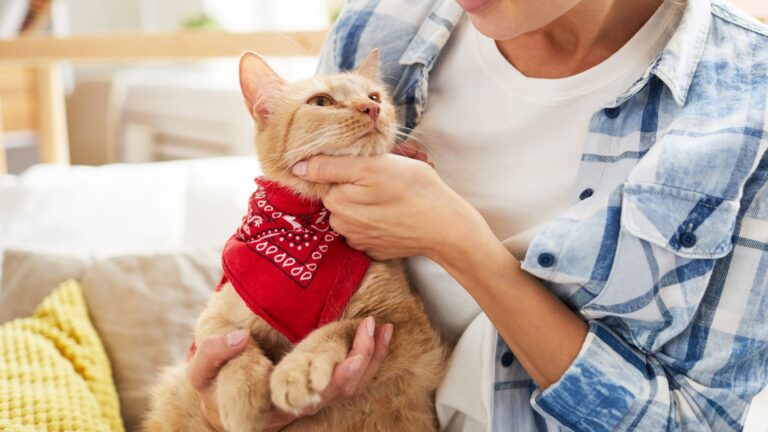20 High Stress Dogs That Cannot Be Left Alone
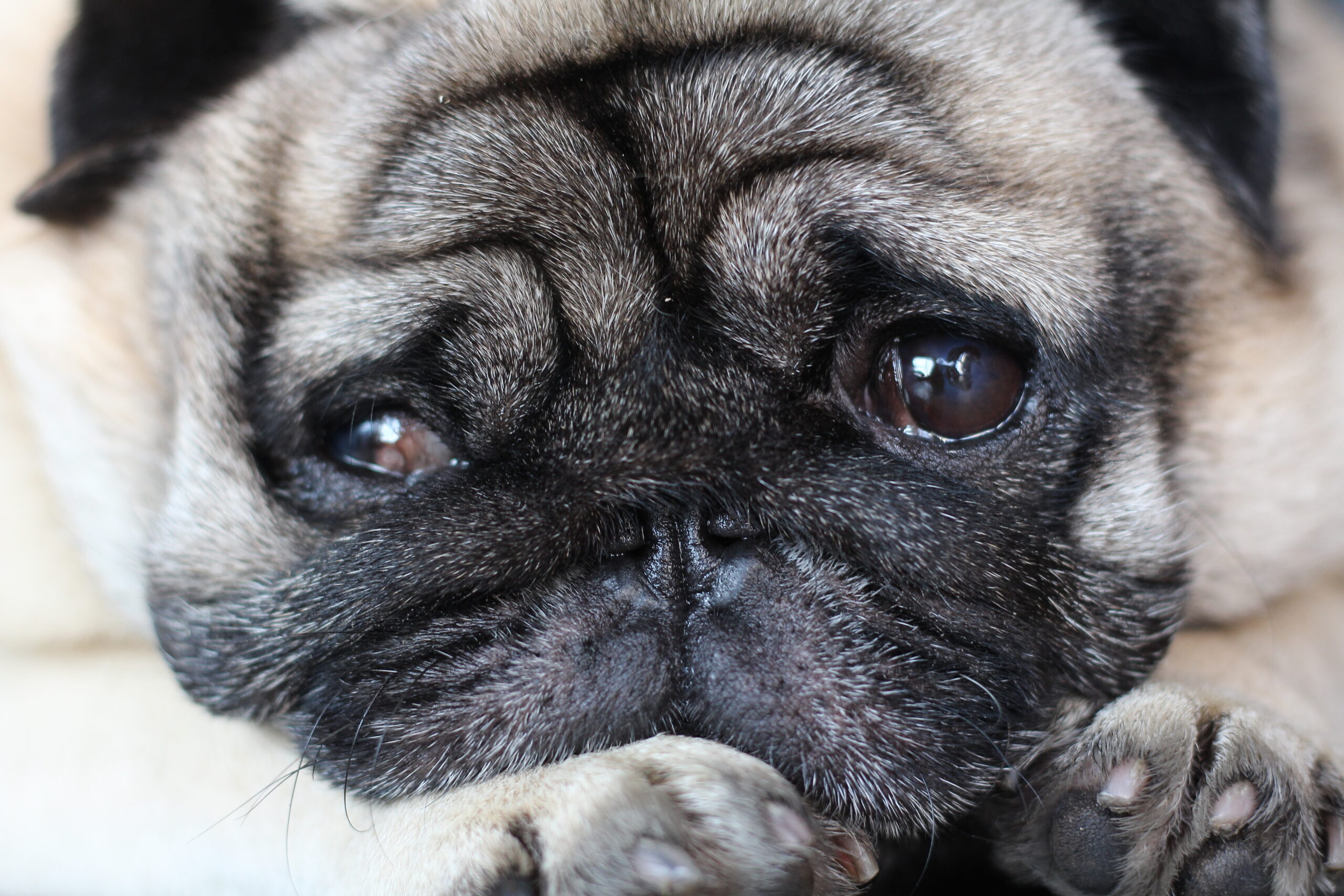
Taking care of a dog is a rewarding experience, but not all breeds are suited for being left alone. Some dogs experience high anxiety and stress if left without companionship, leading to negative behaviors.
Here’s a list of breeds that require constant attention and engagement from their owners.
1. Border Collie
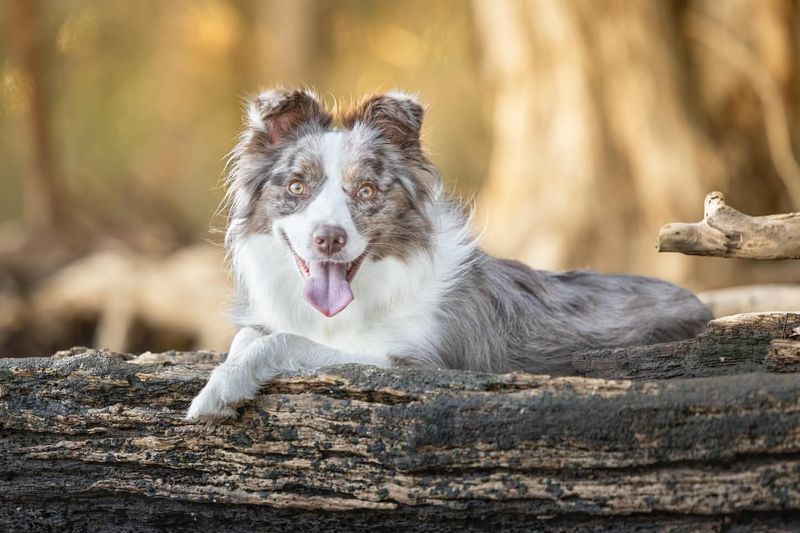
Border Collies are known for their intelligence and need for mental stimulation. These dogs thrive on tasks and challenges. Without constant engagement, they can become restless and destructive. Owners often notice these dogs excelling in agility training. The Border Collie is not just energetic but also exceptionally sensitive. If left alone for extended periods, they may develop separation anxiety.
This can manifest in behaviors like excessive barking or chewing on furniture. To keep a Border Collie happy, interactive toys and regular exercise are crucial. Daily walks and mental challenges help in keeping their anxiety at bay.
2. German Shepherd
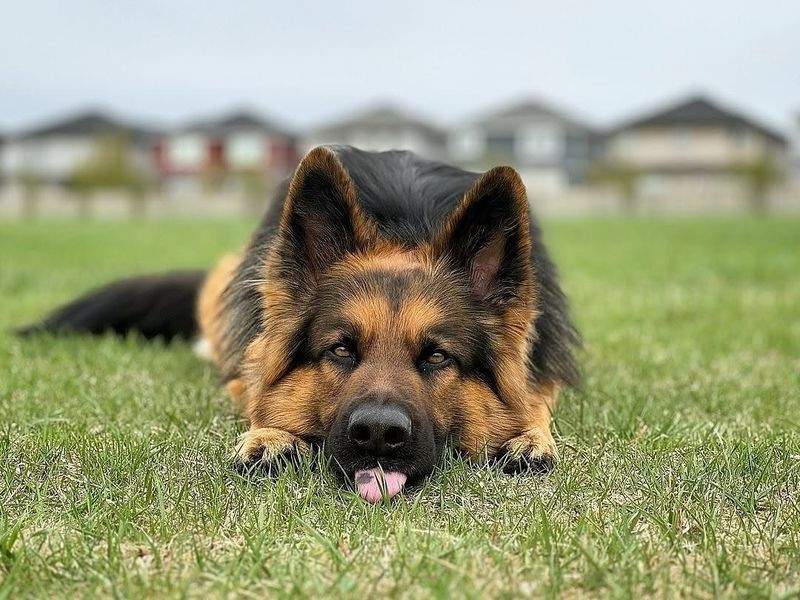
German Shepherds are loyal and protective, making them excellent family pets. Their devotion often translates into anxiety if left alone. These dogs need a lot of attention and activities to keep them occupied. A German Shepherd’s intelligence requires mental and physical stimulation.
A well-engaged German Shepherd is less likely to develop stress-related behaviors. Ensuring they have consistent training, meaningful roles, and mentally stimulating activities fosters their sense of purpose and stability.
3. Jack Russell Terrier

Jack Russell Terriers are small, but their energy levels are unmatched. Known for their spirited nature, these dogs require constant stimulation. If left alone, they can quickly become bored and anxious. Their intelligence demands engaging activities.
Owners often find them excelling in dog sports. Without regular interaction, Jack Russells may resort to chewing or digging as a way to cope with anxiety. To maintain a happy Jack Russell, plenty of playtime and activities are essential. Daily walks and puzzle toys can help keep them engaged and relaxed.
4. Australian Shepherd

The Australian Shepherd is a lively breed known for its intelligence and work ethic. These dogs need an active lifestyle to remain content. Without proper attention, they often exhibit signs of stress and anxiety. Australian Shepherds excel in herding and agility, requiring constant mental and physical challenges.
Left alone, they may develop behavioral issues such as excessive barking or chewing. Owners should provide consistent exercise and interactive games to keep their Australian Shepherds occupied. This helps in alleviating stress and maintaining their well-being.
5. Cocker Spaniel
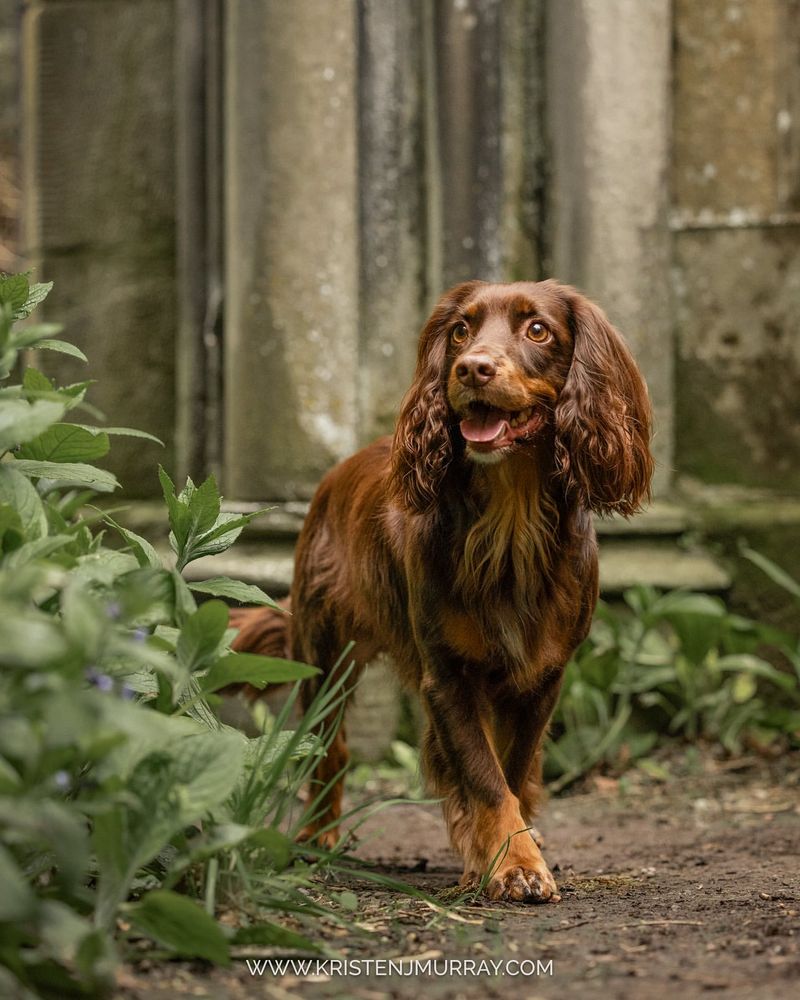
Cocker Spaniels are affectionate and thrive on human interaction. Their love for companionship means they can become anxious if left alone for long periods. This breed often forms strong bonds with family members. The Cocker Spaniel’s sensitive nature makes them prone to separation anxiety. Signs include excessive barking and destructive chewing.
Providing plenty of attention and activities can help manage their stress. Engaging them in daily play and regular walks ensures a content and relaxed Cocker Spaniel. Interactive toys can also be helpful in keeping their minds occupied.
6. Labrador Retriever

Labrador Retrievers are friendly and outgoing, making them popular family pets. They crave companionship and can become stressed without it. These dogs need mental and physical stimulation to stay happy. Without sufficient interaction, Labradors might develop anxiety, leading to behaviors like chewing shoes or digging in the yard.
They thrive when given tasks and plenty of playtime. Providing regular exercise and mental challenges can keep a Labrador Retriever content. Consistent engagement helps mitigate stress and ensures their well-being.
7. Bichon Frise
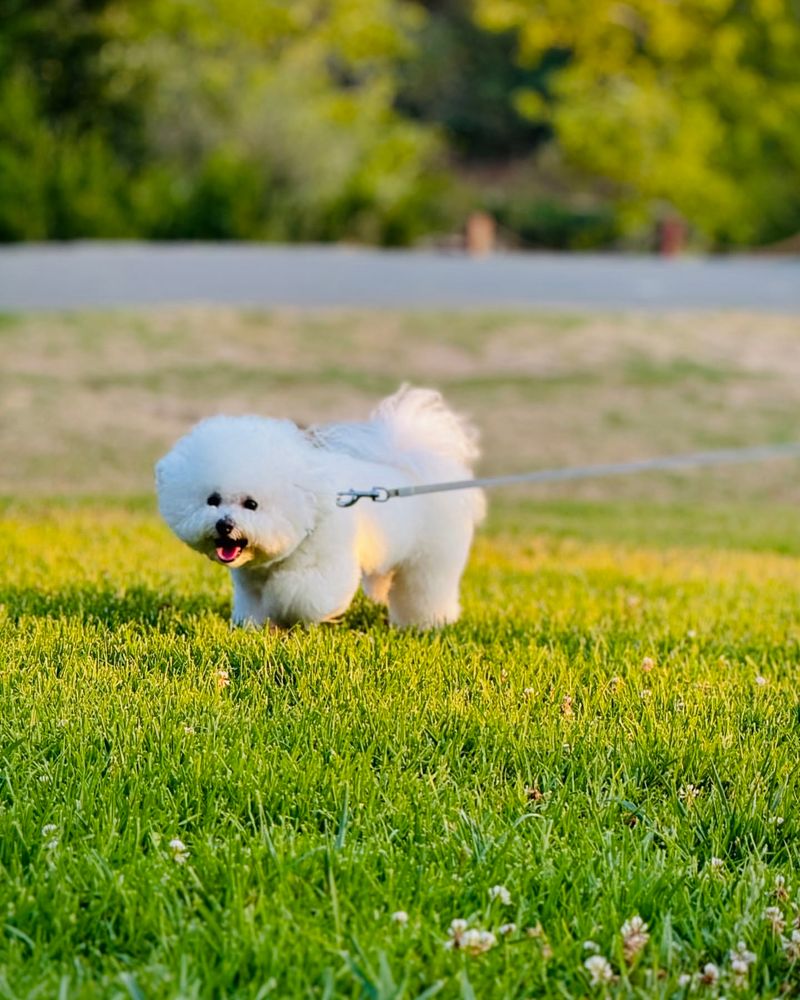
The Bichon Frise is a cheerful and affectionate breed, known for its sociable nature. These dogs prefer constant companionship and may develop anxiety when left alone. Their playful demeanor requires engaging activities and regular interaction.
Providing a Bichon Frise with daily play and socialization prevents stress-related habits such as barking or furniture scratching. Mental stimulation and consistent attention contribute to their overall happiness.can help manage their anxiety.
8. Chihuahua
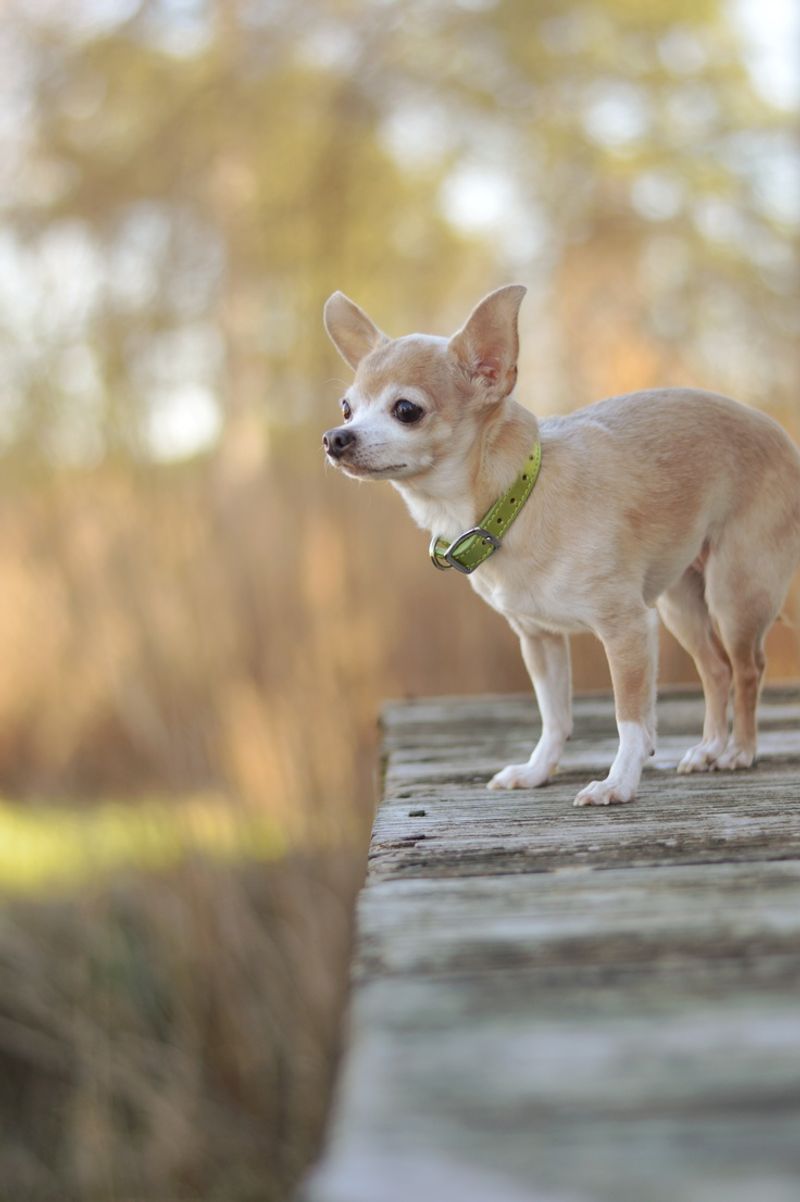
Chihuahuas may be small, but their need for attention is significant. Known for their loyal nature, they can become very attached to their owners. When left alone, Chihuahuas may experience anxiety. Their sensitivity to their environment makes them prone to stress.
Signs include trembling and excessive barking. To help a Chihuahua feel secure, they need plenty of social interaction and a safe, comforting environment. Regular play and gentle handling are key to managing their anxiety levels.
9. Pug
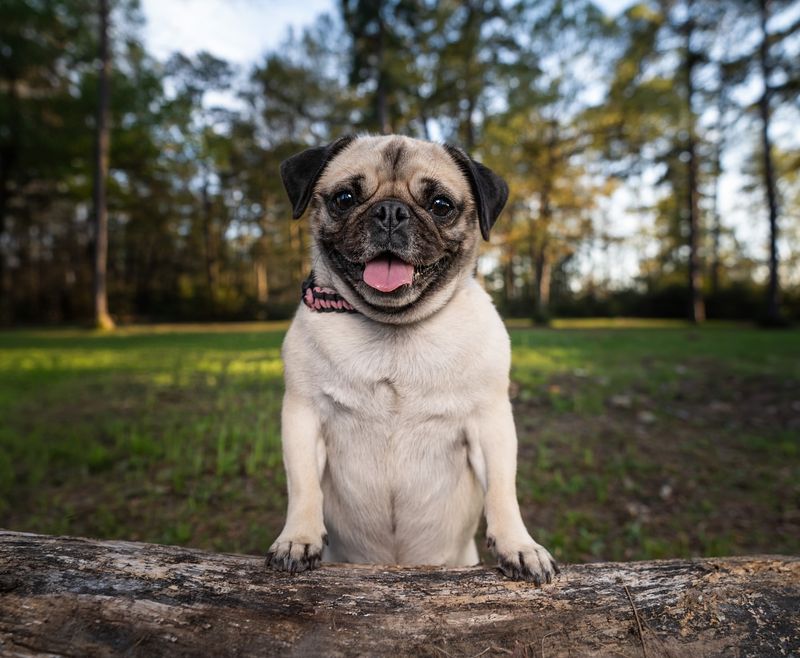
Pugs are sociable and affectionate, forming close bonds with their families. Their love for companionship can lead to anxiety if left alone for too long. These dogs are known for their charming personalities but require constant engagement.
These little doggos flourish in environments that offer warmth, attention, and stimulation. Without these, they may experience restlessness or difficulty settling down, making interactive games and consistent bonding time crucial for their well-being.
This is actually one of the more common complaints about pugs. Their separation anxiety can be quite problematic, so it’s important to take care of them and try to mitigate the cause of stress.
10. French Bulldog
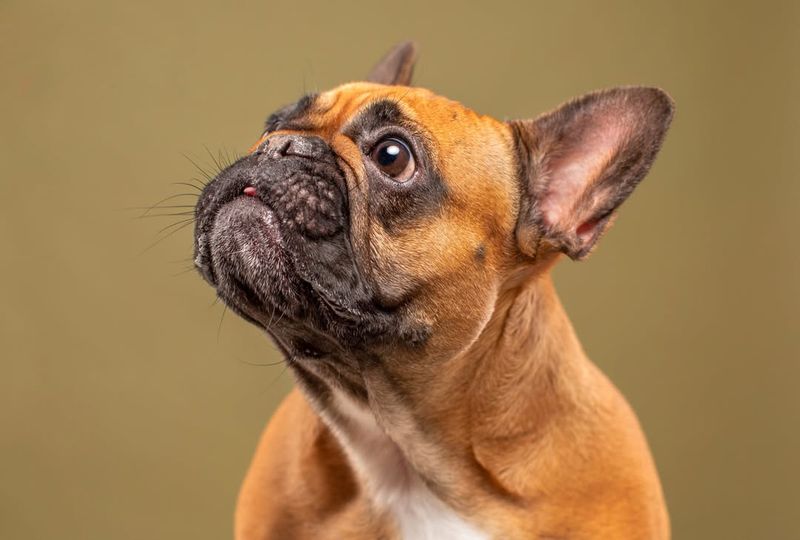
French Bulldogs are known for their affectionate and playful nature. They thrive on human companionship and can become anxious when left alone. Though small, they have a big personality that needs constant engagement.
Chewing and barking can become common stress responses in a French Bulldog if they lack proper engagement. A structured routine with play, interactive toys, and socialization keeps them mentally and emotionally fulfilled.
11. Maltese
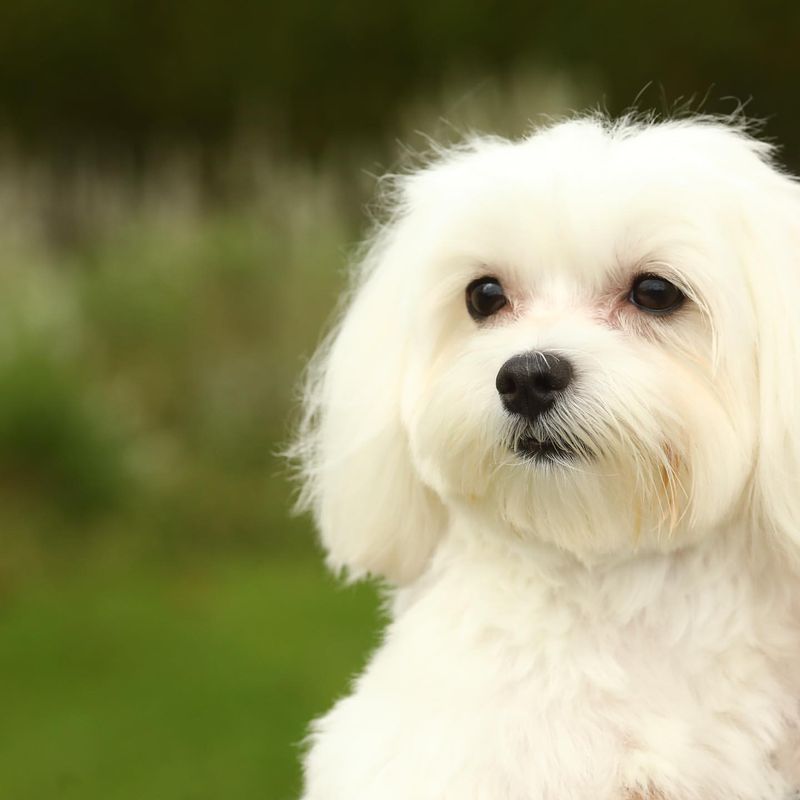
Maltese are gentle and affectionate, known for their loving nature. They enjoy constant companionship and can become anxious if left alone for extended periods. These dogs need regular interaction and activities to stay happy.
Stress in a Maltese can manifest as excessive barking or scratching when they lack attention. Providing them with playtime, companionship, and interactive training supports their well-being.
12. Italian Greyhound
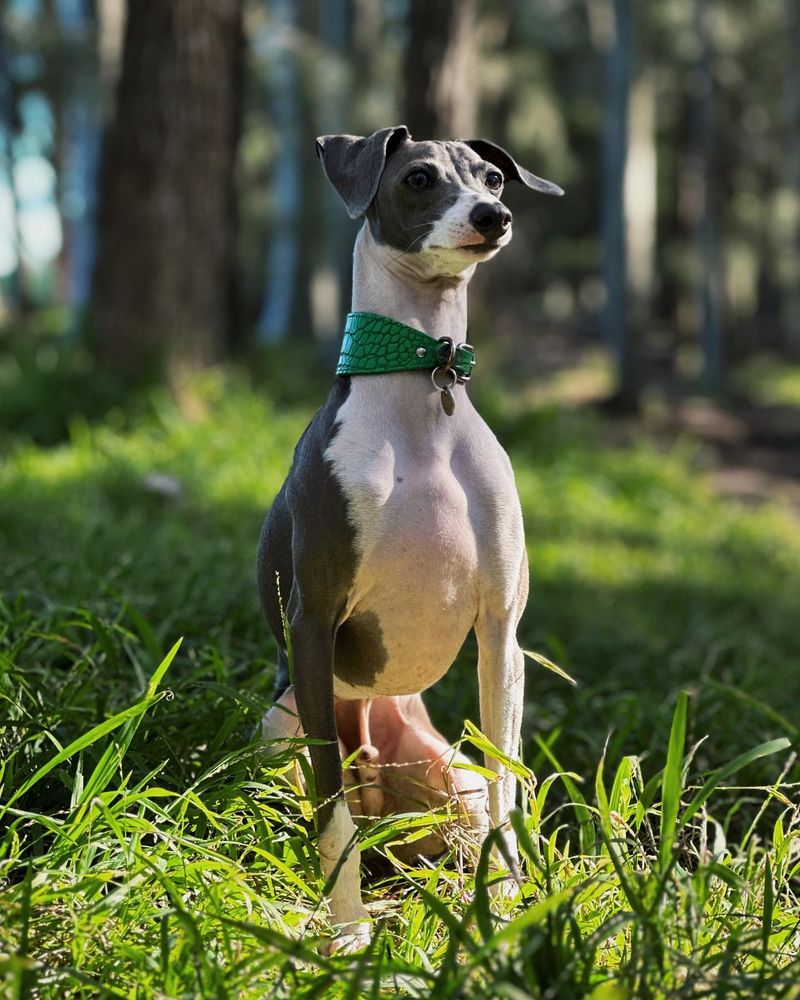
Italian Greyhounds, with their sleek appearance, are sensitive and affectionate. They prefer a close bond with their owners and can become stressed if left alone. These dogs require gentle handling and consistent companionship.
If not given the right care, Italian Greyhounds may develop anxiety, leading to behaviors like whining or scratching. A loving home, routine walks, and gentle play help them feel secure and at ease.
13. Vizsla
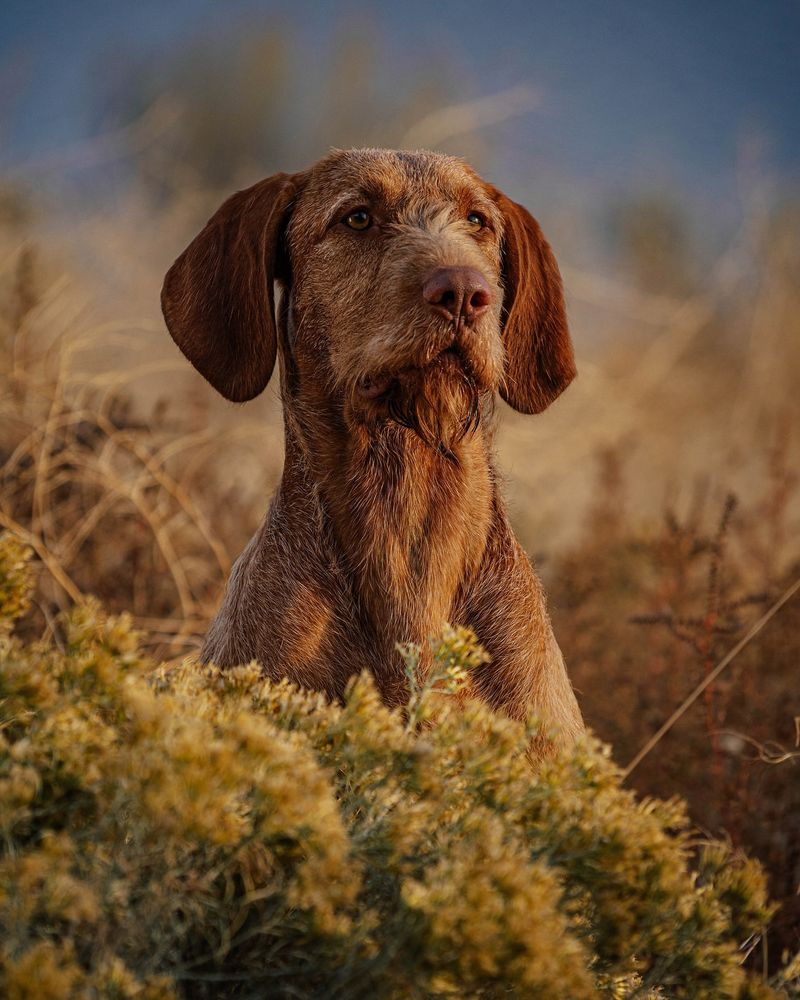
Vizslas are energetic and affectionate, known for their deep attachment to their families. They can become anxious if left without companionship for too long. Their need for physical activity and mental stimulation is high.
Without proper stimulation, Vizslas may turn to destructive habits such as chewing or digging. Regular exercise, engaging activities, and family involvement help keep them happy and reduce anxiety.
14. Miniature Schnauzer

Miniature Schnauzers are lively and intelligent, known for their spirited nature. They enjoy constant interaction and can become anxious if left alone. These dogs thrive on mental challenges and physical activities.
Without it, they may show signs of stress like barking or digging. To ensure a Miniature Schnauzer remains happy, provide regular playtime and training sessions. Engaging them in interactive games helps keep their anxiety at bay.
15. Cavalier King Charles Spaniel

Cavalier King Charles Spaniels are affectionate and loving, forming strong bonds with their families. They can become anxious if left without companionship.
Their gentle nature requires consistent attention and interaction. Without it, they might exhibit stress through behaviors like barking or chewing. Daily socialization and play are key to a content Cavalier King Charles Spaniel. A calm and reassuring environment helps reduce anxiety.
16. Dachshund

Dachshunds are known for their bold and playful nature. They form strong attachments to their owners and can experience anxiety when left alone.
These dogs need regular mental and physical stimulation. Without it, they may engage in destructive behaviors like digging or barking. To maintain a happy Dachshund, provide interactive games and regular playtime. Ensuring they have a role in family activities helps manage their stress.
17. Beagle
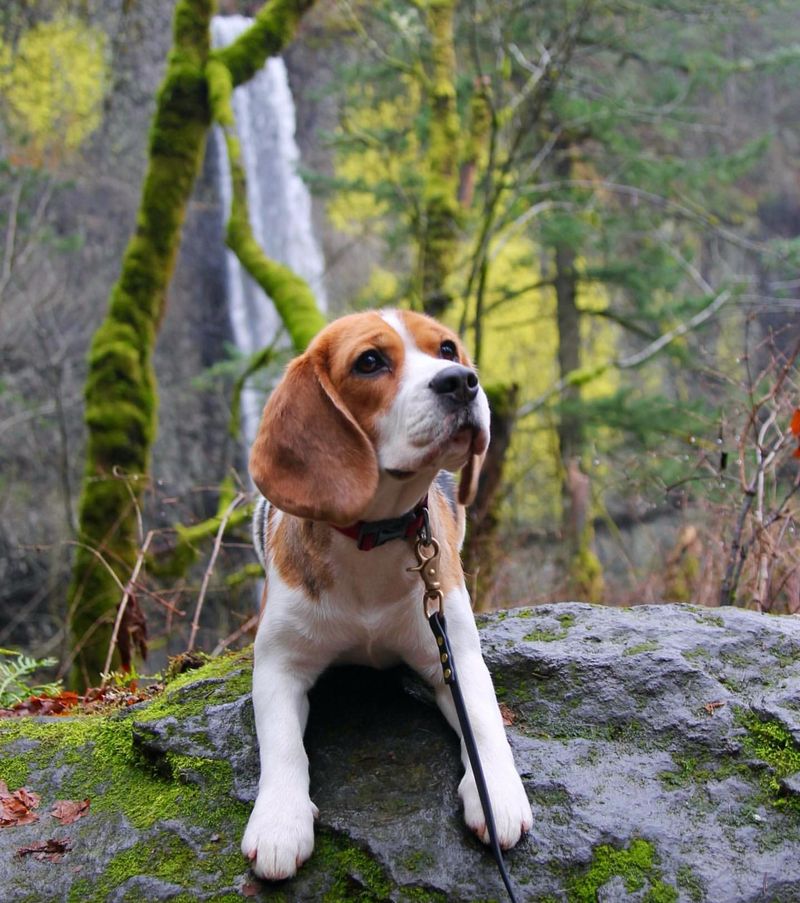
Beagles are known for their curious and friendly nature. They require plenty of attention and can become anxious when left alone. These dogs thrive on exploration and mental challenges. Without it, they may exhibit stress-related behaviors such as howling or chewing.
An active and engaged Beagle is a happy one. Regular exercise and stimulating activities help keep their anxiety in check.
18. Shetland Sheepdog
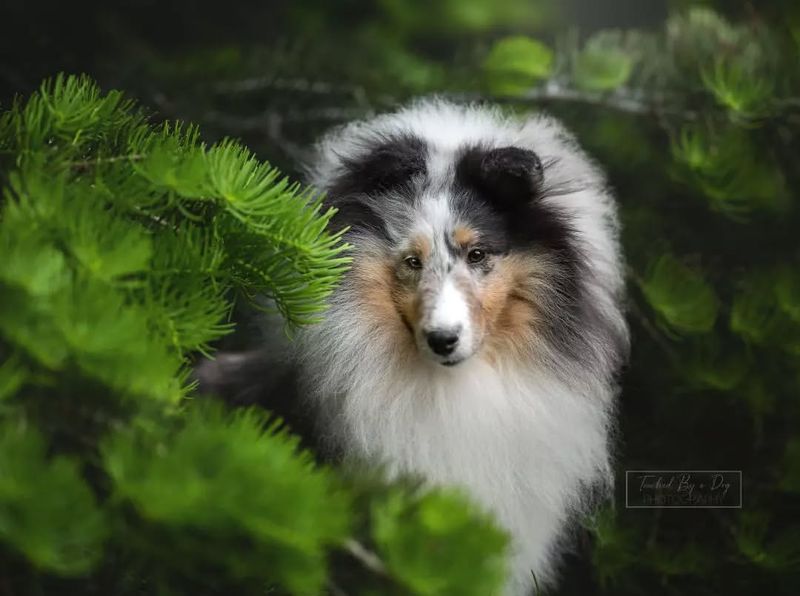
Shetland Sheepdogs are intelligent and energetic, known for their herding instincts. They need constant mental and physical engagement to stay happy. Without sufficient interaction, they can become anxious and stressed.
This often leads to behaviors like barking or chewing. To maintain a content Shetland Sheepdog, provide regular training sessions and exercise. Keeping them busy with tasks helps manage their anxiety and well-being.
19. Whippet
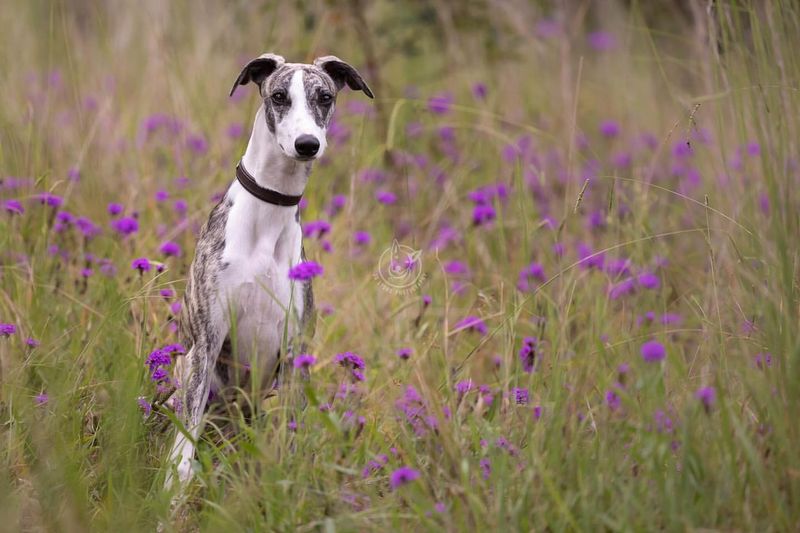
Whippets are gentle and affectionate, forming close bonds with their families. They can experience anxiety if left without companionship. These dogs require regular exercise and interaction. Without it, they may show signs of stress like whining or scratching.
Keeping a Whippet happy requires daily play and social interaction. A peaceful and reassuring environment also helps ease their anxiety.
20. English Springer Spaniel

English Springer Spaniels are energetic and affectionate, needing constant engagement. They can become anxious if left without companionship. These dogs thrive on activities and social interaction. Without it, they may develop stress-related behaviors like barking or chewing.
To keep a Springer Spaniel happy, regular exercise and interactive play are essential. Providing them with a role in family activities helps manage their anxiety.



